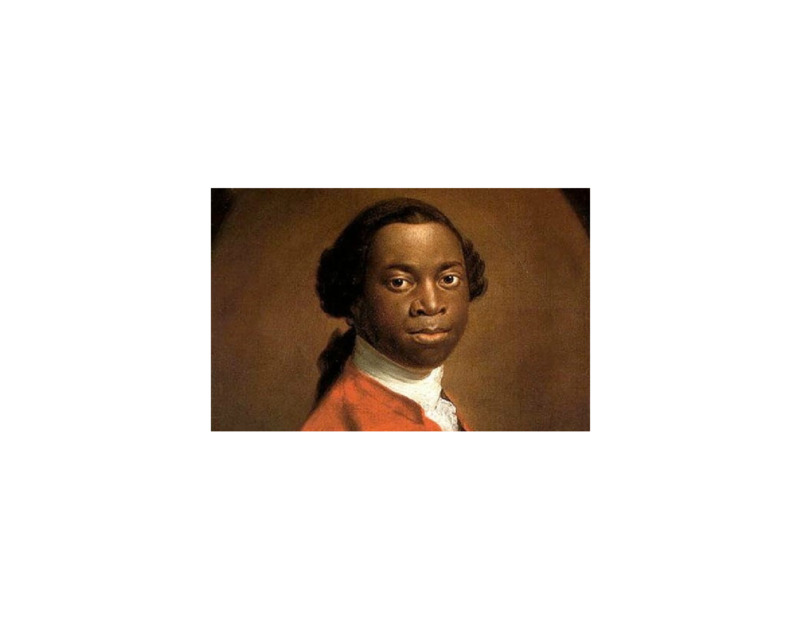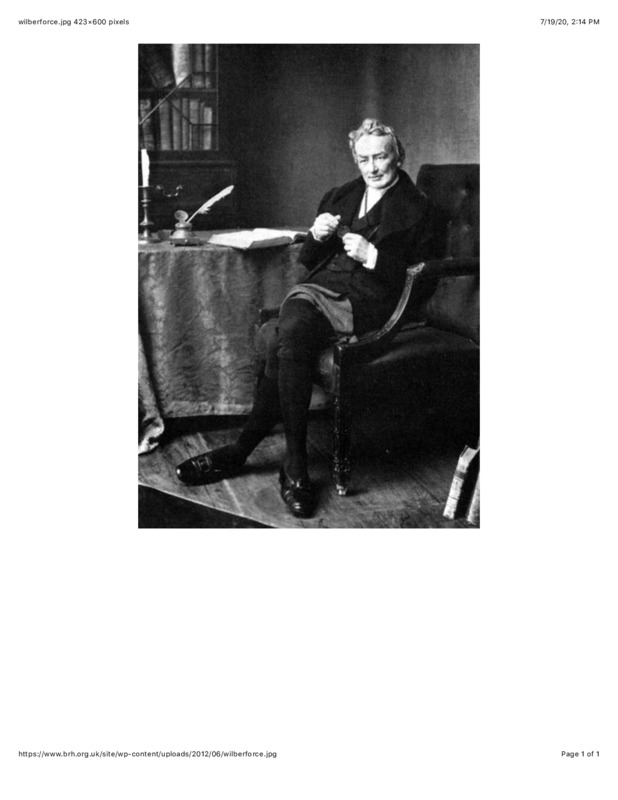Abolitionist Movement in Britain
Although not central to this analysis, when the Atlantic slave trade activity was peaking during 1780s, the forces to abolish slavery were starting to coalesce. This was a time when cultural attitudes and assumptions about slavery were beginning to change at a national level in Britain and there were tangible signs of an emerging anti-slavery culture.28 Examples included the first anti-slave petition by the Quakers in 1783 and first legislation regulating slave trade in 1788. How these trends were correlated would require further analysis in another research project. It should be noted that Irving’s papers are particularly informative on this point as they were written contemporaneously; however, they show no trace of sympathetic views of abolitionism.
Another interesting side note: The Dolben's Act of 1788, proposed by a noted abolitionist to restrict the slave trade, mandated that no more than two fifths of a ship's cargo be children, while also limited the number of African men to one male per ship ton. Since the act did not define a 'child,' more children between the ages of 12 and 18 entered the trade in place of men; an unforeseen outcome. Consequently, this act was somewhat responsible for an increased number of girls and children in the trade. Furthermore, this act sparked an important debate on the benefits of breeding slaves rather than buying them.29
_______________
28 Schwarz, Slave Captain : The Career of James Irving in the Liverpool Slave Trade, Page 5

